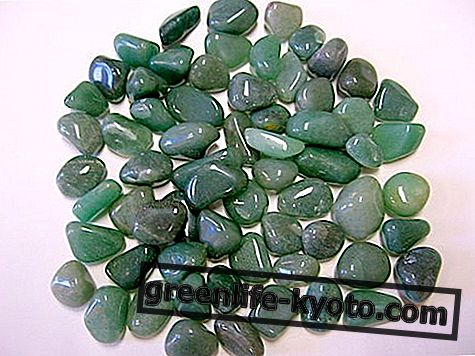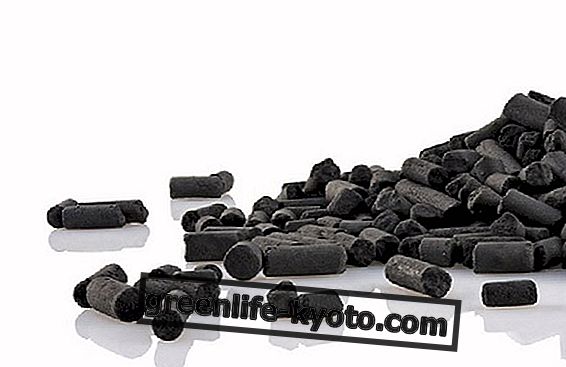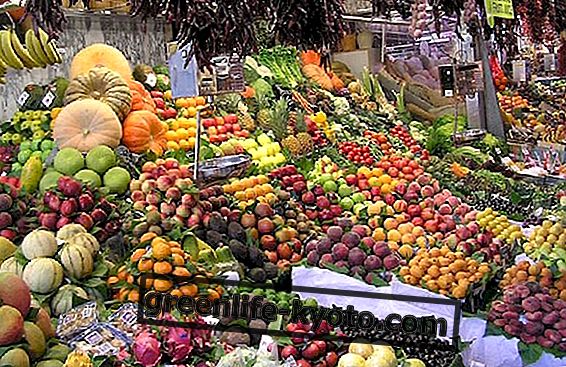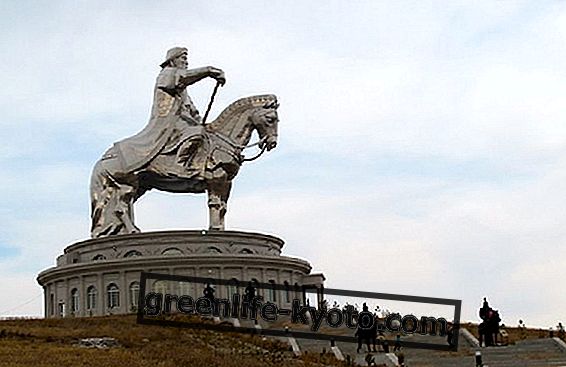
The Basque Country
They overlook the Atlantic, and include both Spanish and French territories between the Pyrenees mountains and the beaches and cliffs.
The Basque Country, Euskadi in the local language, is an autonomous community of Spain that for years has been fighting for its independence.
The reasons for this request are clear: the Basques are a unique people from both a genetic and linguistic point of view, it is theorized that they descend from an ancient ancestor common also to the Welsh, to the Guanches and the Irish, somehow connected to the Cro-Magnons, and it is known that linguistically they are a mysterious island without some links with the rest of the Indo-European Europe .
The ancient Basque religion, somehow related to the Etruscan one, and their peculiar and still very strong culture, represent other typical elements of their identity, together with the art of fishing, viticulture and the cult of food, which they like to consume together and offer tourists and visitors .
Basque cuisine: typical dishes
The cuisine of the Basque community is based on the consumption of fish, meat, good wine and cider ( sagardotegi ) , cheese, and the production of tomatoes, chillies and other solanaceae, usually consumed in the form of pintxo, the Basque equivalent of the classic Spanish tapas .
The fertile Erbo valley, the sea and the Pyrenees supply many products: from fish to vegetables, through cheeses and sheep meat.
In addition to the typicality of the products, all the innovations due to the French nouvelle cuisine, which drastically made progress in the traditional kitchen, must be considered.
Everywhere we can taste the pil pil cod, boiled potatoes stuffed with tender morsels of spicy cod. Touches of eel in sauce or fried can be found on the benches of almost all the bars and cafeterias of the Basque Country.
More fish: marmitako, a spicy fresh tuna soup with potatoes and onions, typical of ports. Coming to vegetables we have the Basera piperade or peperonata, with red and green peppers, tomato sauce, onion, garlic, lots of chilli and sometimes some eggs.
Everything is accompanied by talo, a typical local tortilla, made of salted corn flour, which is cooked on hot plates in just a few minutes.
The p'tit is always present , the local perocino cheese and many of the dishes we can find are based on cuttlefish, crabs and pigeons, much loved by the Basques.
Where to eat Basque cuisine (on the street or in the restaurant)
Much of the Basque culture and economy revolves around food .
The Basque government has invested large capitals in the common cellars, where good local wine is produced and where families get together to cook and eat together.
In the streets of the major Basque cities and the coastal towns there are everywhere top-level restaurants but also local cafes and tapaseries, where you can find all the most traditional traditional dishes at reasonable prices.
Not to be missed in the Basque Country
Food and music in the Basque Country are inseparable, and eating at the rhythm of Basque songs will be a pleasant and common experience. The dishes based on fish are of the highest quality but are those influenced by the latest generations of nouvelle cuisine chefs to attract tourists of taste.
What to avoid in the Basque Country
In the more remote areas, often the most beautiful for those looking for excursion landscapes, it happens that the variety of food is reduced to the few traditional dishes: lamb and pigeon never fail and often push travelers to look for something different.
Spicy is a culinary law in the Basque Country, make it a reason and get used to it.
Advice and curiosity
Very often we will see next to the dishes we ordered a thick white sauce, called cuajada .
It is an acid yogurt with which to experiment curious combinations, both with vegetables and with meat and, why not ... with fish.













